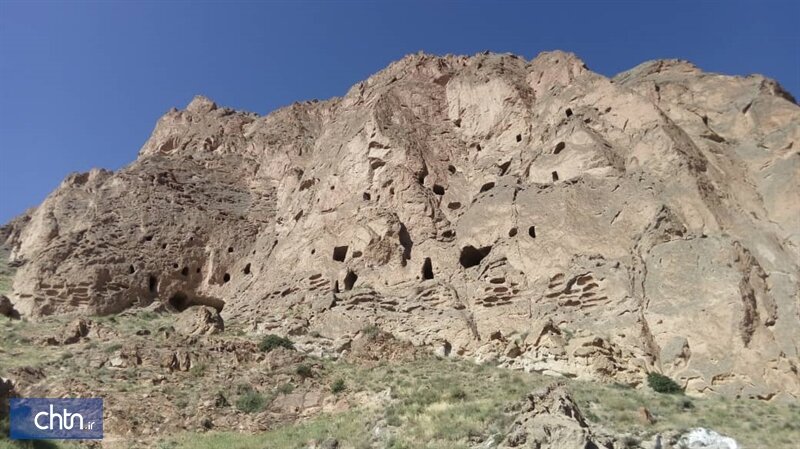Archaeological survey to offer new glimpses of troglodytic architecture in northern Iran

TEHRAN – A team of Iranian archaeologists has started work on troglodyte shelters in a northern Iranian region, believing that they are still giving up long-buried secrets.
“The first season of the field research, which is aimed to review and identify a troglodytic architecture – locally named Kafer Kelli (infidel’s chamber) – located near the city of Amol, Mazandaran province, has been commenced through a systematic archaeological approach,” CHTN quoted Iranian archaeologist Meysam Fallah as saying on Saturday.
Stretching in an area of approximately 50 km, this Dastkand (Hand-carved) caves are an attractive and unique collection in Iran, which is located on the large body of the middle Alborz mountain range in Haraz Valley, Larijan district of Amol city. They are dotted between the village of Ab-e-Ask and the village of Punjab in the city of Amol (south to north or vice versa), Fallah, who leads the archaeological survey, noted.
According to sources, most of these hand-carved colonies have several rooms with light entrances, surveillance locations, restrooms in upper floors, and kitchens.
The archaeologist underlined that necessary efforts are being made to examine and document these hand-carved shelters to shed new light on their history and function, which have been completely neglected.
“These unique shelters are much more impressive than many other rocky structures and hand-carved examples in our country in terms of density and concentration in the sole region. Some of them can only be reached through rock climbing, some are located in the vicinity of rural areas and are easily accessible, and finally, some are in the foothills and intermountain valleys of the Haraz Valley.”
One of the important measures of this project, which is carried out by archaeologists and photogrammetrists, is aerial mapping and three-dimensional digital modeling being done with the help of a photogrammetry drone, he explained.
“After all of our assumptions are tested and after all our reliable data are analyzed with a look at similar examples, then we can comment more coherently and accurately on the history of theses troglodyte shelters,” he concluded.
Iran is a haven for ancient troglodytic architecture which is somewhat forgotten though they are filled with life and creativity. The northwest Kandovan village is one of the most famous examples of troglodytic architecture in the country; its ice-cream cone-shaped homes are resembling that of Turkey’s Cappadocia.
In October 2018, the country hosted the 3rd International Troglodytic Architecture Conference in which tens of experts, researches, and academia discussed troglodyte-associated architecture, culture, and technology.
AFM/MG
Leave a Comment